





 continue reading below
continue reading below
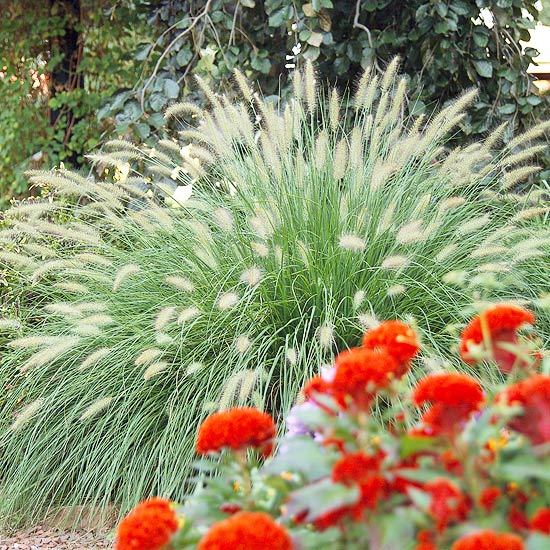
Fuzzy spikes, nestling like foxtails among asters and rose hips, rise above the dark-green leaves of dwarf fountaingrass (Pennisetum alopecuroides 'Hameln'). The sun-loving tufts of this dwarf perennial grass reach 2 to 3 feet. Its bristly flower spikes sparkle each morning with captured dewdrops.
Learn more about fountaingrass.
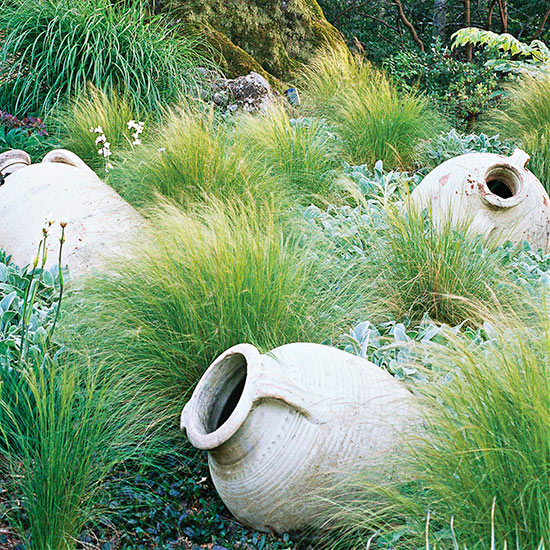
Baby-soft blossoming spikes of Southwestern native feathergrass (Stipa tenuissima) lend the grace of the Great Plains to naturalized borders. Its 2-1/2-foot-tall clumps grow best in sun. Compadres in this sun-loving, water-thrifty threesome are a violet speedwell and pink sundrops.
Learn more about feathergrass.
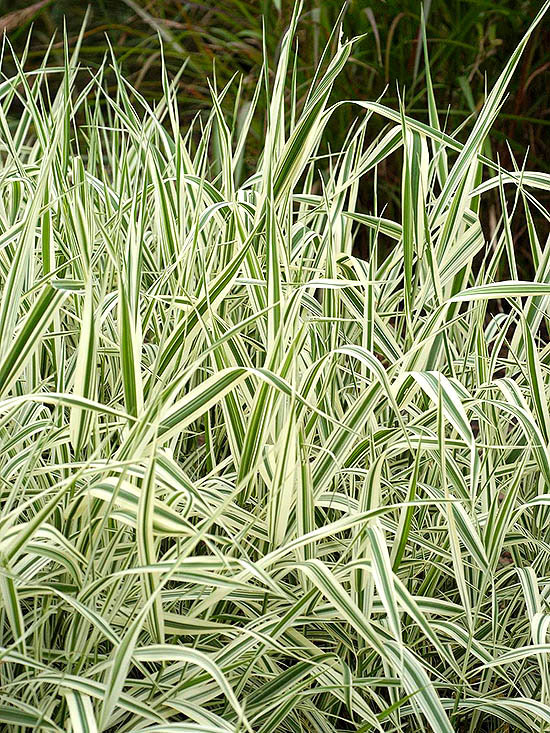
A first pick among gardeners for centuries, the native-American variegated ribbongrass, (Phalaris arundinacea 'Picta') can be found flourishing on old farm sites. This adaptable grower (best in part shade) often flags by midsummer. Trim plants to yield a flush of fresh foliage.
Learn more about variegated ribbongrass.
In some areas variegated ribbongrass can be invasive. Please contact your local extension office if you are not sure.
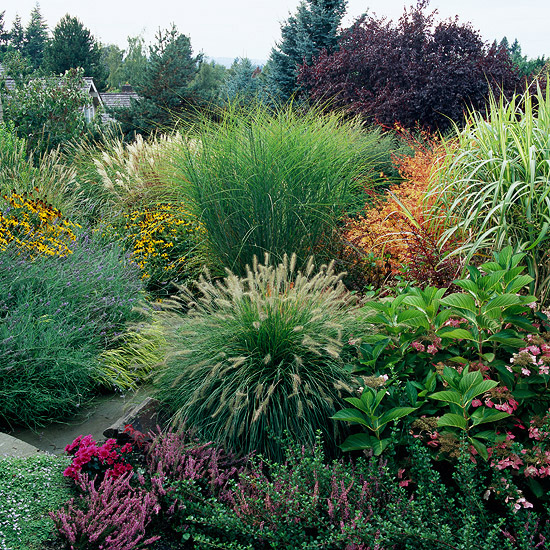
'Morning Light' Miscanthus casts a silvery spray over its companions, pink succulent sedums and lavender Russian sage. Also called Japanese silvergrass, it's an adaptable, clumping grass group for beginners. Its flower spikes can be harvested either fresh or dried.
Learn more about Miscanthus.
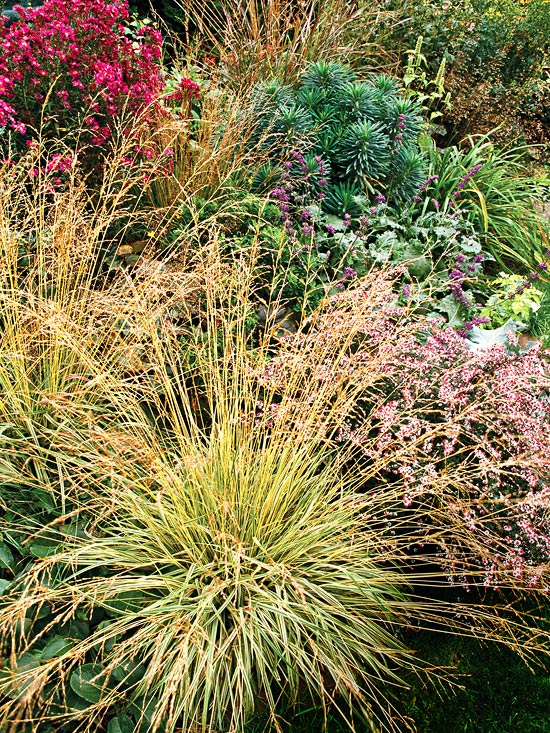
Lifting airy, bronze plumes well above its fine foliage, tufted hairgrass (Deschampsia flexuosa) lights up a garden path. This hairgrass prefers part sun, which makes it a candidate for shady niches planted with hostas, ferns, and bleeding-heart. Like other clump-forming grasses, divide tufted hairgrass when it begins to develop a balding central core.
Learn more about tufted hairgrass.
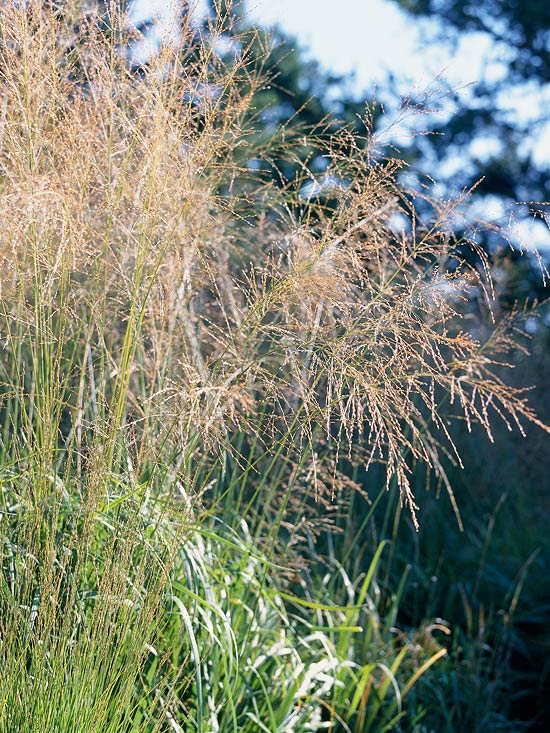
Variegated purple moorgrass (Molinia caerulea) walks on the wild side at the heels of its refined neighbors sedum, bergenia, and coralbells. Best in sun, winter-hardy moorgrass clumps compete well with tree and shrub roots and yield purpleblushed flower heads in summer. Cast ornamental grasses in the role of noble savages in your landscape, adding a touch of untamable wilderness or prairie to otherwise civilized settings.
Learn more about purple moorgrass.
Clump-forming grasses stay put in neat bunches. On the other hand, running grasses -- such as banner grasses, European dune grass, giant reed, prairie cord grass, ribbon grass, and basket grass -- are invasive and need control in small or formal beds. Here's how keep roving grasses in check.
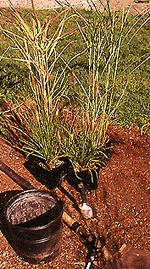
1. Prevention is the best tactic for a would-be roving grass. Simply give it close quarters at planting time. Start with a spade, scissors, and a plastic two-gallon nursery container.
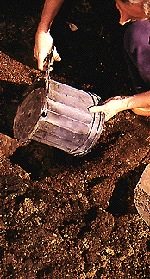
2. Dig a hole that is large enough to accommodate the two-gallon pot with its rim situated at soil level. Water the planting spot. Then, cut away the pot bottom and position the pot in the hole.
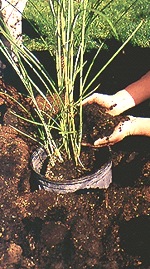
3. Plant the grass in the bottomless pot (no deeper than the plant was situated in its original container), then firm soil in and around the pot and grass. Water the newly planted grass deeply.
Related Article: Grasses for Every Need
Copyright © www.100flowers.win Botanic Garden All Rights Reserved